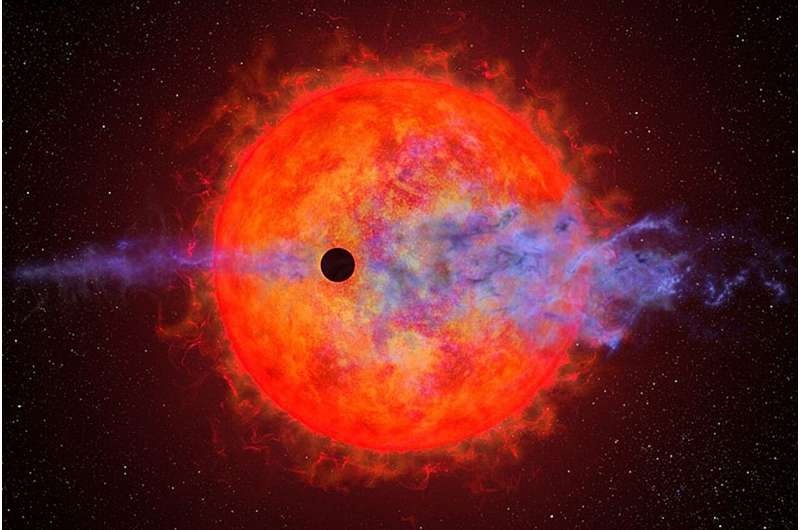Astronomers have developed a groundbreaking technique that can measure the temperature of stars with unprecedented precision, opening new avenues for the search and study of exoplanets.

Unraveling the Mysteries of Stellar Spectra
The study of stellar spectra is an ancient astronomical discipline, astronomers have gathered a wealth of knowledge about stars from this. By studying the various colors of light a star gives off, astronomers can learn about the elements it is made of, how active it may be, and whether any planets are orbiting around it.
Now, a team led by Étienne Artigau at the Université de Montréal have advanced this concept. Now, they have created a way to follow very small variations in the temperature of a star by observing its spectrum — with an accuracy of 0.1 degrees Celsius With it, they can learn a lot more about how the star rotates, its magnetic field and even what is happening on the surface.
The New Dawn of Exoplanet Detection
One of the major uses for this new method is in the hunt for exoplanets, planets that orbit stars other than our Sun; rather than measuring a star’s wobbles to detect planets with a technique known as the radial velocity method.
However, this only goes so far — especially in terms of hunting for low-mass planets. Rather than looking at select parts of a star’s spectrum, Artigau and his team have developed methods to bypass this barrier. It gives the power to resolve tiny oscillations, making it possible to find Earth-like planets around small stars.
Additionally, the power to measure a star’s temperature changes directly makes a huge difference in being able separate out effects from the star and its planets that we can see. It is a very important passage to corroborate the presence of exoplanets and their atmospheres using transit spectroscopy.
Conclusion
Indeed, “this new temperature measuring technique developed by Étienne Artigau and his team is a major advance in the study of stars and exoplanets,” mentions David Lafrenière. It improves by a factor of more than two the precision with which we can measure the temperature variations of stars, opening new perspectives to characterize those stars properties and dynamics and allowing also the research for exoplanets. This innovation will redefine star science forever and allow thoughtful new studies going forward.
